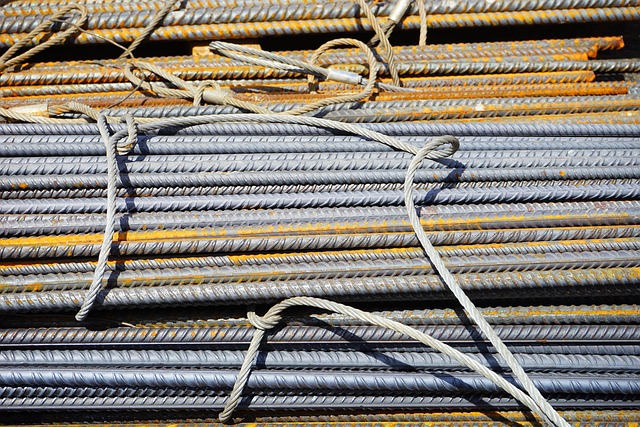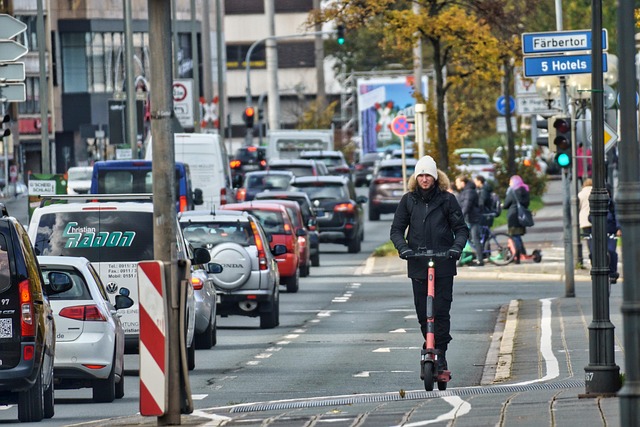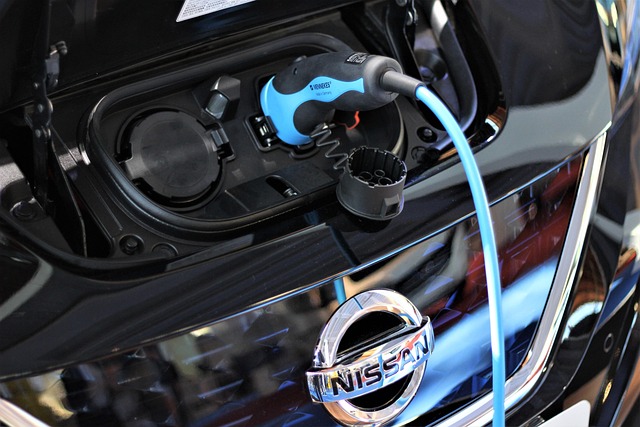Driving Change Through Sustainable Construction
As we navigate the challenges of the 21st century, the concept of sustainable construction is proving to be a driving force in transforming not just our cities, but also the rural areas that often go overlooked. With a growing emphasis on transport sustainability, we are beginning to see how innovative building practices can foster mobility and facilitate rural development, thus creating communities that thrive harmoniously with their environment.
Transport Sustainability: A Pillar of Modern Development
Transport sustainability goes beyond simply making existing systems more efficient; it involves rethinking how we design our infrastructure. By incorporating sustainable construction principles, we can create interconnected transport networks that minimize environmental impact. Utilizing renewable materials, energy-efficient designs, and smart technology in our building processes ensures that our roads, railways, and public transit systems serve the community while preserving the planet.
Imagine rural areas with well-developed transit stations constructed with eco-friendly materials. These hubs not only reduce reliance on fossil fuels but also offer access to vital services, employment, and educational opportunities. In regions where public transport options are limited, the introduction of such facilities can be transformative, enabling individuals to connect with broader economic and social networks.
Enhancing Rural Development through Sustainable Practices
Rural development often faces unique challenges, including limited access to resources and infrastructure. However, by embracing sustainable construction, we can enhance the quality of life in these communities. Building with resilience in mind—using eco-friendly materials, and ensuring energy efficiency—opens up new avenues for agricultural advancement, tourism, and local businesses.
Imagine green community centers that not only serve as gathering places but also showcase local talent and products. Roads and paths built with sustainable materials can withstand weather changes, ensuring farmers can transport their goods to markets year-round. As we invest in the infrastructure that connects rural regions to urban hubs, we empower citizens to contribute to the economy while respecting the environment.
The Future is Bright
By prioritizing sustainable construction, we have the opportunity to shape a future where mobility complements rural development. As stakeholders in this movement, it is essential for policymakers, architects, and communities to collaborate on solutions that prioritize accessibility, sustainability, and resilience.
The journey towards a sustainable future is not simply about the structures we build; it’s about the lives we impact and the communities we create. As we push forward, let us remember that every sustainable choice we make is a step toward enriched lives and vibrant rural landscapes.



